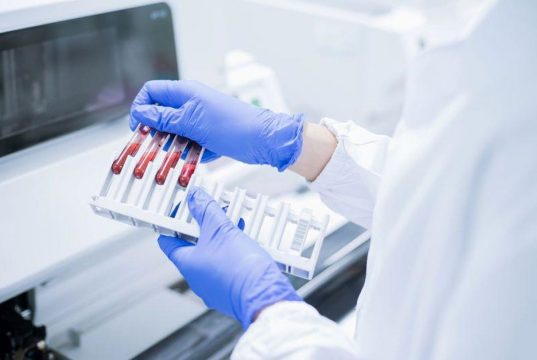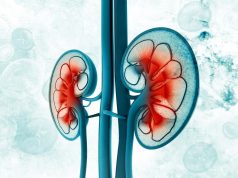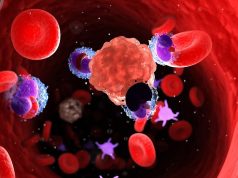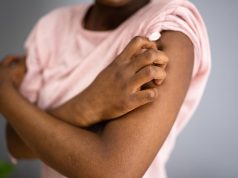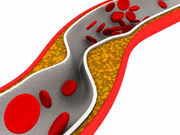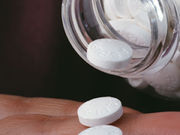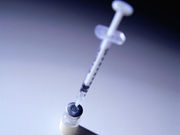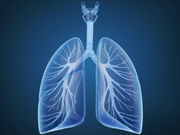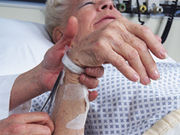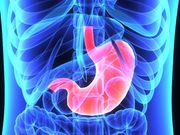Significant Birth Cohort Effect in Ischemic Stroke Risk
Age-adjusted rates of stroke lower for those born 1945 to 1954 compared with those born earlier, later
In Acetaminophen-Induced Acute Liver Failure, FABP1 IDs Mortality
Serum liver-type fatty acid binding protein can discriminate survivors from non-survivors
Only Two Doses of HPV Vaccine Necessary for Younger Teens
Global study supports revised regimen for those under 15
Mortality Rate From Infectious Diseases Holding Steady in U.S.
Although new threats have emerged, number of patients dying from infections has stayed fairly stable
Oct4 Found to Be a Prognostic Marker for Digestive Cancers
Elevated Oct4 levels tied to poor overall, disease-free, and recurrence-free survival
Arsenic Metabolism Linked to Development of Type 1 Diabetes
Correlations for inorganic arsenic, monomethylated arsenic, dimethylated arsenic with type 1 diabetes
Intermittent Hypoxia Promotes Lung Tumor Cell Aggressiveness
IH-induced exosomes from mice significantly promote TC1 malignant properties
High-Dose Vitamin D Cuts Acute Respiratory Infection in Elderly
Reduction in ARI but increase in falls, without higher fracture risk, among long-term care residents
Rising Rx, ER Prices Pushing U.S. Health Care Spending Up
Prescription drugs are the fastest growing expense, report shows
Metabolic Benefit Same With Similar Weight Loss After Surgery
Findings among obese patients with diabetes undergoing either gastric bypass, banding


